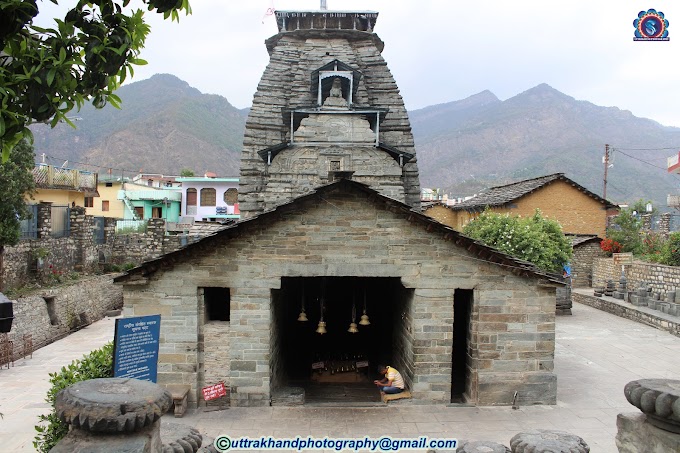🚀 What Is Gaganyaan?
-
Meaning & Scope
“Gaganyaan” combines the Sanskrit words gagana (“sky”) and yāna (“craft”). It’s India’s first indigenous human spaceflight initiative, targeting low Earth orbit (LEO), launching a crewed module and safely returning astronauts to Earth. -
Vision & Goals
-
Short term: Demonstrate capability in human spaceflight.
-
Long term: Lay groundwork for sustained space exploration, including a future Indian space station and interplanetary missions
-
Tangible benefits: Opens doors to global collaboration (e.g., ISS), scientific R&D, industry-academia growth, job creation, and youth inspiration
-
🛰️ Mission Profile & Timeline
-
System Architecture
-
Launch Vehicle: Human-rated LVM3 (upgraded GSLV Mk III)
-
Crew Module: Pressurized capsule for 2–3 astronauts
-
Service Module: Supports propulsion, power, thermal control
-
Crew Escape System: Tested via abort missions (e.g., TV-D1)
-
-
Mission Sequence
-
Pad Abort Test (PAT) & Crew Escape demo – validated in October 2023
-
Uncrewed orbital flights:
-
Gaganyaan-1 (with humanoid Vyommitra) scheduled for late 2025
-
G2 uncrewed mission TBD in 2026
-
-
Crewed missions:
-
Gaganyaan-4 (1st crewed flight) in Q1 2027 with 2–3 astronauts aboard for ~7 days at ~400 km orbit
-
-
💰 Budget & Support
-
Initial allocation: ~₹9,023 crore (~US $1.1 billion) for two uncrewed + one crewed mission .
-
Revised expansion: ₹20,000 crore (~$2.32 billion) to fund two crewed + six uncrewed flights, and develop a space station (Bharatiya Antariksh Station) by 2035
🧠 Pioneering Technologies
-
Life Support & ECLSS
Indigenous systems for oxygen, thermal control, waste management—their engineering model flew on Gaganyaan-1 -
Crew Escape System & Abort Readiness
Demonstrated in TV-D1 abort (Oct 2023) and parachute recovery tests -
Communication Infrastructure
ISRO-ESA radio compatibility tests passed in Feb 2025 to use global ground stations -
Robotics
Vyommitra, a humanoid robot built for early uncrewed missions, capable of mimicking human traits and supporting astronauts -
Launch & Recovery
LVM3 rocket human-rated variant; crew module to splash down in the Indian Ocean and be recovered by Navy divers
👩🚀 Astronaut Training
-
Four IAF officers selected in 2024 (including Shubhanshu Shukla, Prashanth Nair, Ajit Krishnan, Angad Pratap)
-
Training includes:
-
In Russia: Soyuz systems, parabolic flights
-
In India: Bengaluru’s training centre – simulations, VR, flight suits, microgravity drills
-
📅 Updated Schedule
-
December 2025: First uncrewed flight with Vyommitra (Gaganyaan-1)
-
2026: Second uncrewed flight (Gaganyaan-2) followed by crewed flights beginning Q1 2027 (Gaganyaan-4)
🧭 Future Roadmap
-
Bharatiya Antariksh Station: India’s own modular space station module (BAS‑1) approved in Sept 2024, aiming for deployment by 2028.
-
Long-term goals: Sustained human presence, sample-return lunar missions by 2040, and space diplomacy through global partnerships (isro.gov.in).
🔍 Summary Table
| Aspect | Status/Plan |
|---|---|
| Budget | ₹9,023 cr → ₹20,000 cr |
| Missions planned | 6 uncrewed + 2 crewed by 2028 |
| First crewed launch | Gaganyaan-4, Q1 2027 |
| Technologies | LVM3, CES, ECLSS, Vyommitra, RF comms |
| Space Station | BAS‑1 module by 2035 |
| Astronauts | 4 IAF crew in training |
In essence, Gaganyaan is not just India’s maiden crewed flight program—it’s the foundation for a self-reliant, sustainable space exploration ecosystem. It spans advanced tech development, international collaboration, human capacity-building, and paves the way toward a national space station and beyond.



.jpg)


















Follow Us